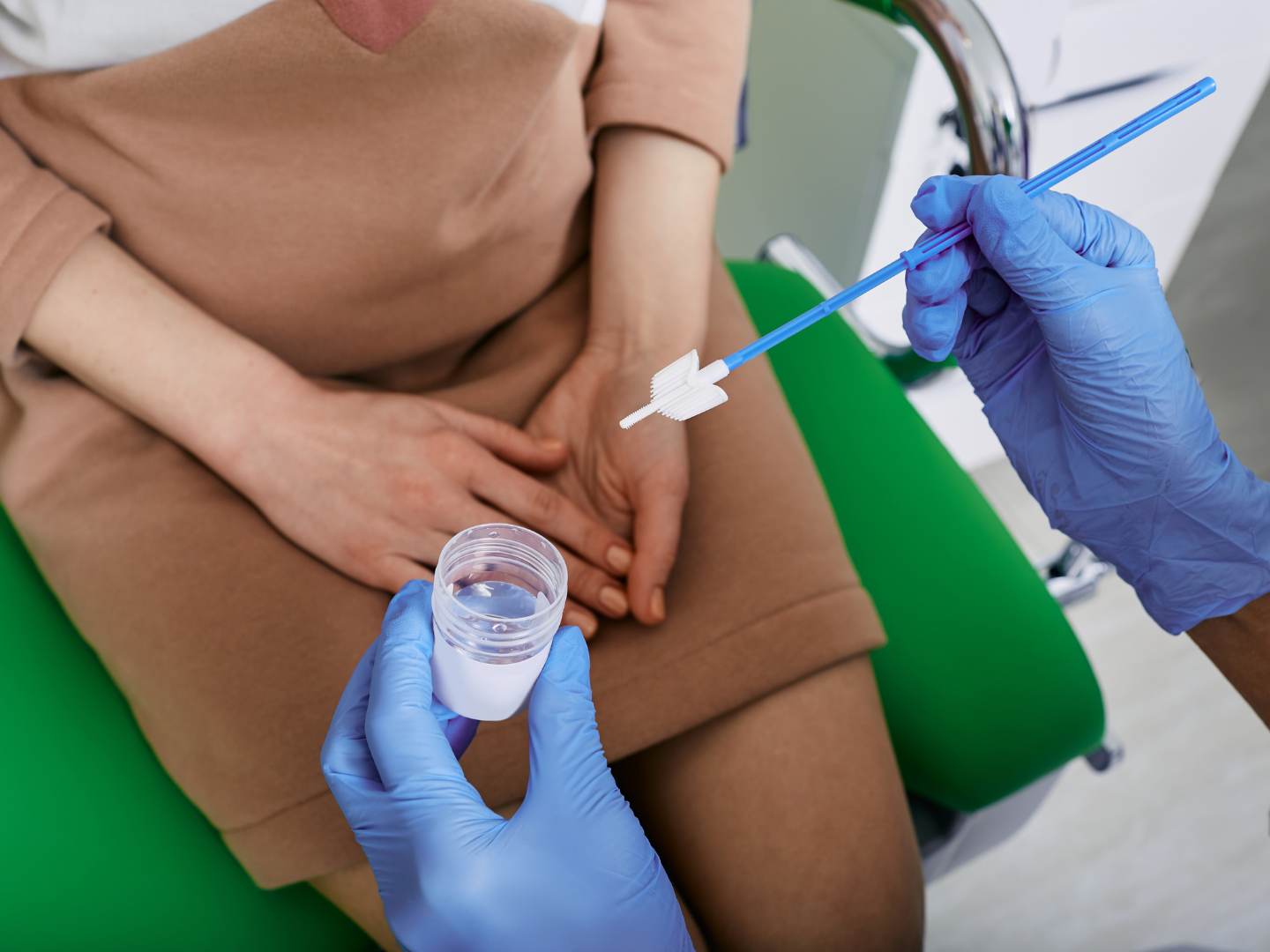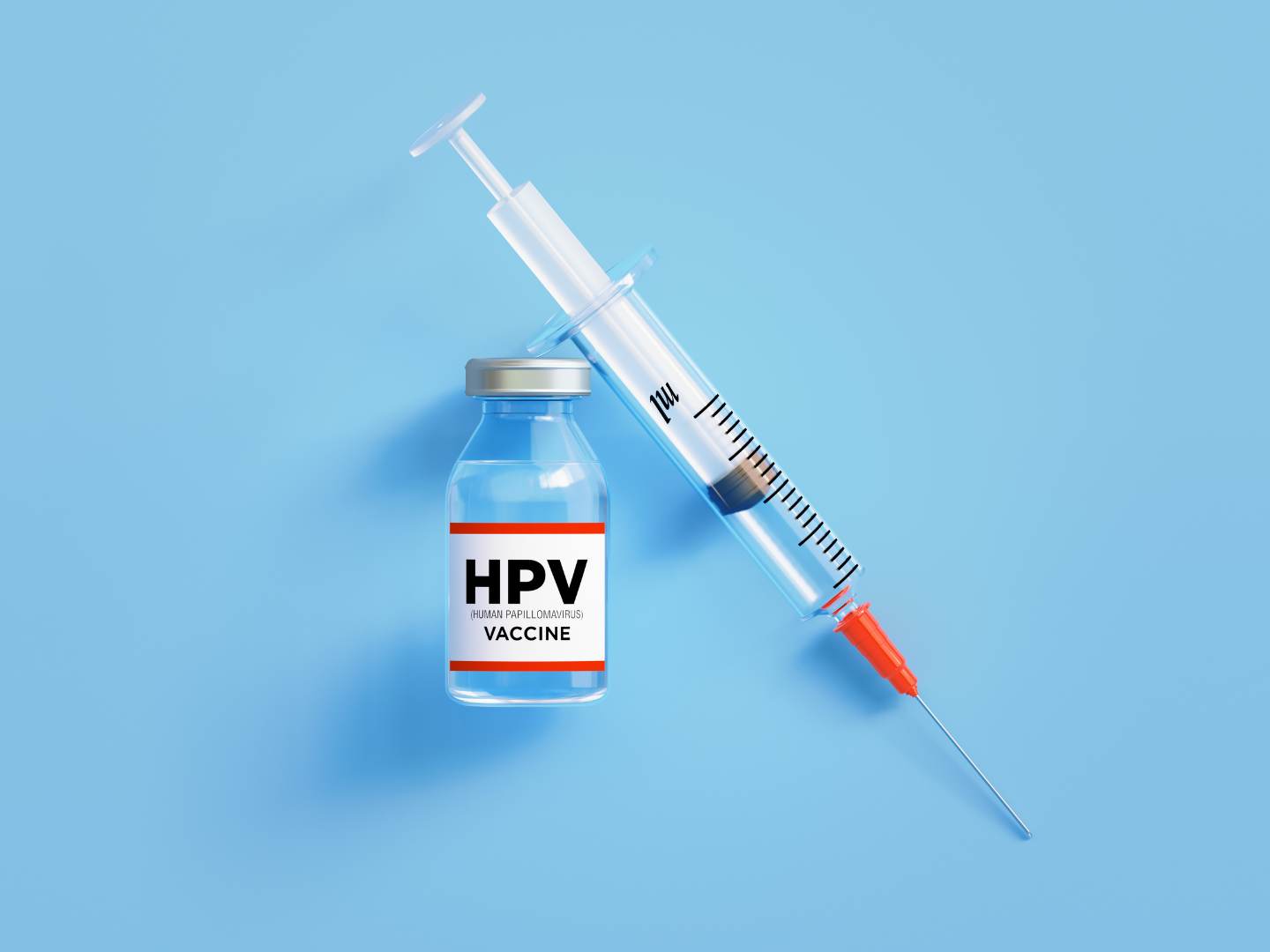Cervical cancer, one of the deadliest cancers in females, is preventable through HPV vaccination and PAP smear screening. HPV infection, especially subtypes 16 and 18, is directly related to cervical cancer. PAP smear is a screening test that detects precancerous changes. The HPV vaccine is highly effective against high-risk subtypes. Vaccination and screening are potent weapons against cervical cancer.
HPV stands for Human Papillomavirus, a common virus that infects the skin and mucous membranes. There are over 100 types of HPV, some of which can cause genital warts and potentially lead to various cancers.
Did you know that one of the deadliest cancers in females is also the most preventable one? We are talking about cervical cancer. This cancer used to be the second most common cancer in females after breast cancer. It was also a major cause of mortality.
Thanks to the rapid strides in early detection and prevention, today many countries are on the verge of eradicating this deadly disease.
January is cervical cancer awareness month. Let us use this opportunity to spread knowledge about this cancer and how it can be prevented.
The lowermost portion of the uterus is known as the cervix. It is the entrance to the uterus from the vagina. Cervix is one of the more common sites of cancer in females.
The most important thing about cervical cancer is that it is directly related to infection by HPV (Human Papillomavirus). HPV is usually sexually transmitted. There are certain subtypes of HPV especially 16 and 18 which are more commonly associated with cervical cancer. The latent period between infection by HPV and development of cervical cancer can be as much as 20 years. Before development of cancer many precancerous changes occur in the cervix. Detection and treatment of these changes can help in prevention of development of cancer. This is where the PAP smear fits in.
The PAP smear test

PAP smear is recommended as a screening test for females after they are sexually active. In this test scrapings are taken from the cervix using a brush or spatula. These scrapings are seen under a microscope to detect any changes that can lead on to cervical cancer. PAP smear has been in practice for more than 50 years and has been a useful tool in prevention of cervical cancer. Nowadays it is recommended along with HPV testing.
Once cervical cancer develops it manifests as bleeding usually after sexual intercourse. The bleeding is usually unrelated to the menstrual periods. Foul smelling discharge is another common symptom. In more advanced cases there may be pain and leakage of urine and stools through vaginal orifices known as fistula, Diagnosis is usually by biopsy. In early stages the disease is treated surgically. The more advanced cases are treated by chemotherapy and radiation.
HPV vaccine

One of the major medical breakthroughs of recent times has been the development of the HPV vaccine. This vaccine is usually recommended a few years before the age of sexual intercourse. Usually, it is recommended by the age of 11 or 12. It can be given up to the age of 26 but not considered very useful after that. The vaccine is against the high-risk HPV subtypes and is highly effective against infection by these. Three doses at 0,1 and 6 months are recommended though in people younger than 15 two doses are sufficient. The vaccine is very safe. The vaccine is recommended for males also as they can act as reservoirs and because they too can develop HPV related diseases like warts and penile cancers.
Vaccination and Screening are two very potent weapons against cervical cancer. By gaining and spreading this information we will be able to save our own life and the lives of others.
Dr Anil Kamath is a senior consultant surgical oncologist with expertise in treating colon and rectal cancers. He is available for consultation at Healius cancer clinic. For appointment call +91 9900613143
